Buy Nile Red (7385-67-3) MF: C20H18N2O2 | MW: 318.37. Get High Quality Nile Red (7385-67-3) from Tristains.
Nile Red, also known as Nile Blue Oxazone, is a greenish red crystalline powder with the chemical formula C20H18N2O2. It is a lipophilic stain that is used to stain intracellular lipid droplets yellow. This fluorescent dye has various applications, especially in the fields of biological and analytical chemistry. Its chemical name is 9-(Diethylamino)-5H-benzo[a]phenoxazin-5-one.
“TriStains”, Histological Stains/Biological Stains that offer range of stains used in Histology, Cytology, Microbiology and Hematology laboratories. TriStains meet the highest quality standards and give excellent color performance of desired components of cells and tissue in life science laboratories. TriStains series products are carefully tested to ensure accurate, reliable, and reproducible results. Our products are available in different packaging sizes to allow you to get all types of stains & Indicators for your specific purposes from a single source.
In-addition Tristains also deals in numerous Laboratory Supplies, Chemicals, Equipment, Instruments, Reagents, Standard Solutions, Buffers, Histological Stains/Biological Stains & Indicators and many more, for more information please visit our website www.tristains.com or email to sales@tristains.com we will be happy to help you. All Tristains Products are exclusively distributed by Dawn Scientific Inc (https://dawnscientific.com)
Application :
- Nile red is used to localize and quantitate lipids, particularly neutral lipid droplets within cells.
- It has applications in cell biology, where it can be used as a membrane dye which can be readily visualized using an epifluorescence microscope with excitation and emission wavelengths usually shared with red fluorescent protein.
Benefits :
- Exhibits a strong fluorescence signal when in a hydrophobic environment
- Versatile and cost-effective
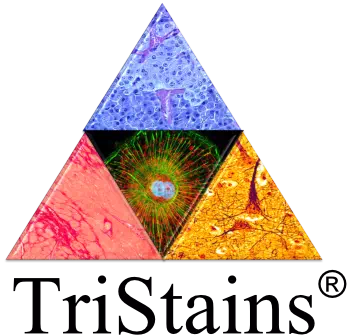

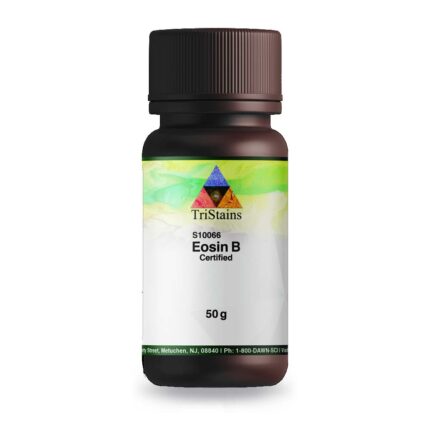


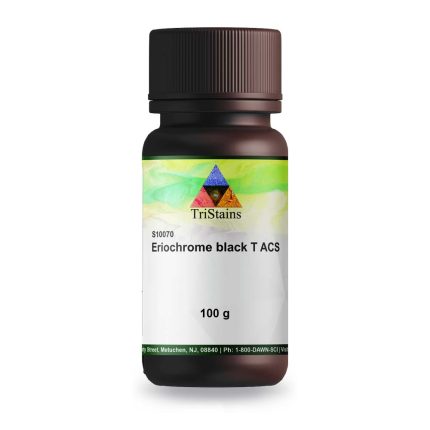
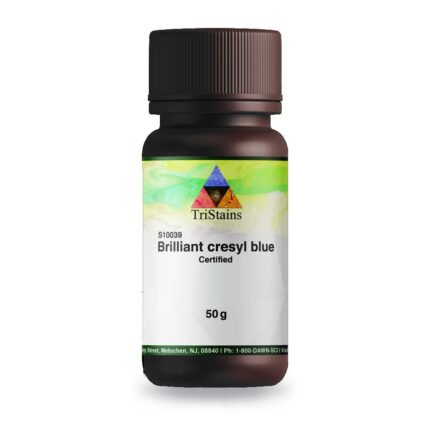
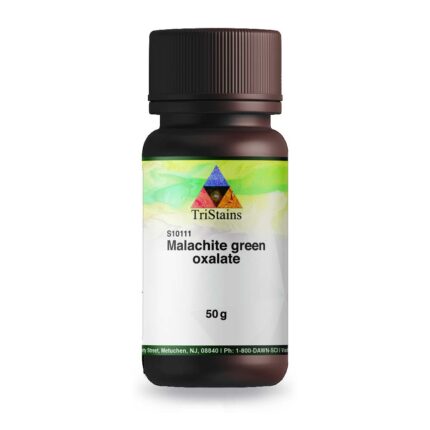
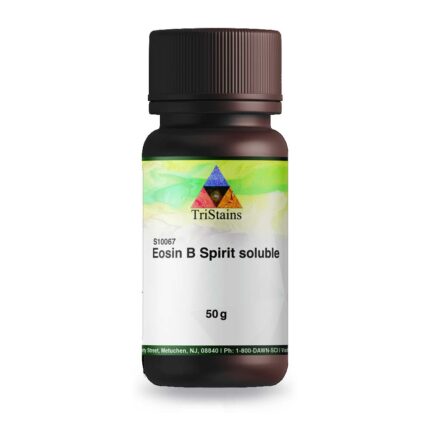
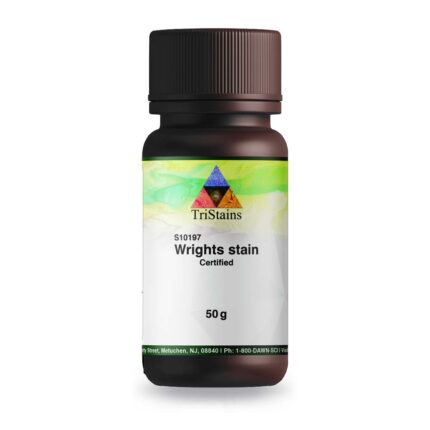



Reviews
There are no reviews yet.